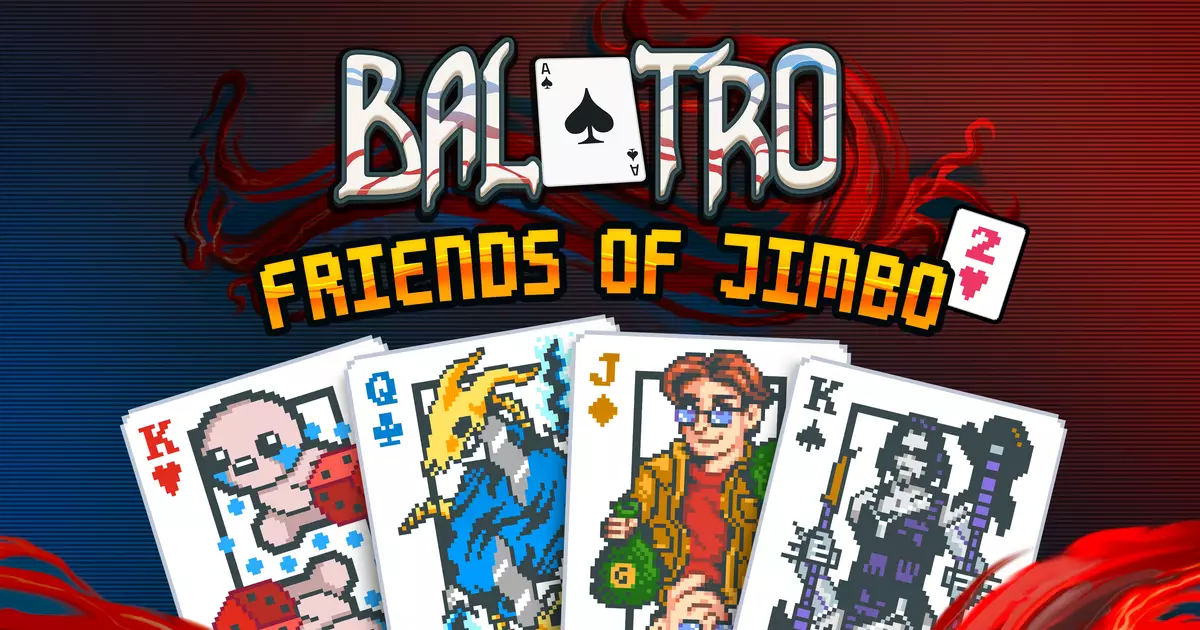After spending just an hour with Balatro, I found myself enamored yet critical, ultimately leading to its uninstallation. My experience highlighted a sense of temporary enjoyment overshadowed by a nagging suspicion—what if this game was merely a psychological trap? While I immediately recognized the flashing lights of addictive gameplay, perhaps there are players out there who can engage with it more robustly. Some might even revel in that tantalizing challenge that Balatro poses, enjoying the slow descent into its mechanics.
A new update for Balatro has recently rolled out, introducing a second wave of themed cosmetic card art that pays homage to various beloved titles, including “The Binding of Isaac,” “Cyberpunk 2077,” “Stardew Valley,” and “Slay the Spire.” These new designs aren’t actual gameplay enhancements but merely skins that provide a visual refresh. Upon entering the game, players will find a “Customize Deck” option where they can switch to these trendy new card visuals.
Previously, the first update—dubbed “Friends of Jimbo”—graced players back in August with additional themed designs tied to titles like “The Witcher 3” and “Among Us.” What this indicates is the developers’ dedication to keeping the game visually appealing, perhaps hoping that vibrant aesthetics will entice players to return, even if for a brief spell.
While my encounter with Balatro was fleeting, I noticed that others in the gaming community have delved deeper into its intricate mechanics. Reviewers like Katharine have spoken highly of the game’s underlying design, dubbing it a “Bestest Best.” She argues that Balatro excels at transforming numbers into euphoric explosions, celebrating victories that feel both generous and hard-fought.
Her passion suggests a game that encourages players to engage with its intricacies rather than feel manipulated by them. Instead of exploiting players’ psychological weaknesses, Balatro aims to reward those who master its systems, creating an environment that is both challenging and entertaining. However, her glowing praise raises questions about its longevity—can the excitement persist after the initial highs?
Despite the accolades surrounding Balatro, I remain skeptical of its long-term allure. The enticement of new graphics and refreshed aesthetics may not be enough for everyone to stay hooked. My experience—though enjoyable—was enough of a red flag to make me step away. Perhaps the question isn’t just about the game’s engaging mechanics, but about how true enjoyment can sometimes exist in fleeting moments, unshackled from the bonds of repetitive gameplay.
In essence, while Balatro may celebrate the mastery of its core systems, it also raises the concern of game addiction among players. These cosmetic changes are a nod from the developers, but they might not mask the potential pitfalls that come with prolonged play. Ultimately, knowing when to walk away from a game one has momentarily enjoyed is a lesson worth learning, especially in an age filled with alluring distractions.

